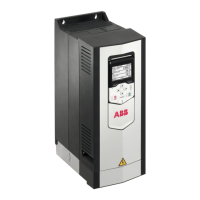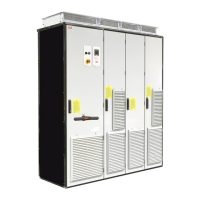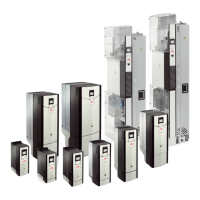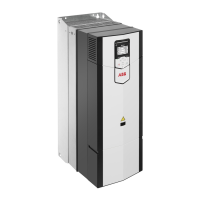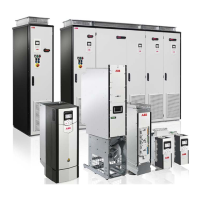installation must be clearly marked as defined in IEC/EN/UL 61800-5-1, subclause
6.5.3, for example, “THIS MACHINE STARTS AUTOMATICALLY”.
Bypass connection is available as a factory-installed option for some cabinet-installed
drive types. Consult ABB for more information.
WARNING!
Never connect the drive output to the electrical power network. The connection
may damage the drive.
Supplying power for the auxiliary circuits
The user must supply these options from external power sources:
• +G300/+G301: Cabinet heaters and/or lighting
• +G307: Connection for an external uninterruptible power supply
• +G313: Power supply connection for a motor space heater output
For the voltages and fuse sizes, refer to the circuit diagrams delivered with the drive.
Using power factor compensation capacitors with the
drive
Power factor compensation is not needed with AC drives. However, if a drive is to be
connected in a system with compensation capacitors installed, note the following
restrictions.
WARNING!
Do not connect power factor compensation capacitors or harmonic filters to
the motor cables (between the drive and the motor). They are not meant to be
used with AC drives and can cause permanent damage to the drive or
themselves.
If there are power factor compensation capacitors in parallel with the input of the
drive:
1. Do not connect a high-power capacitor to the power line while the drive is
connected. The connection will cause voltage transients that may trip or even
damage the drive.
2. If capacitor load is increased/decreased step by step when the AC drive is
connected to the power line, make sure that the connection steps are low enough
not to cause voltage transients that would trip the drive.
3. Make sure that the power factor compensation unit is suitable for use in systems
with AC drives, ie, harmonic generating loads. In such systems, the compensation
unit should typically be equipped with a blocking reactor or harmonic filter.
Using a safety switch between the drive and the motor
ABB recommends to install a safety switch between the permanent magnet motor
and the drive output. The switch is needed to isolate the motor from the drive during
maintenance work on the drive.
Guidelines for planning the electrical installation 111
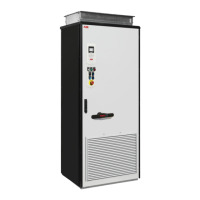
